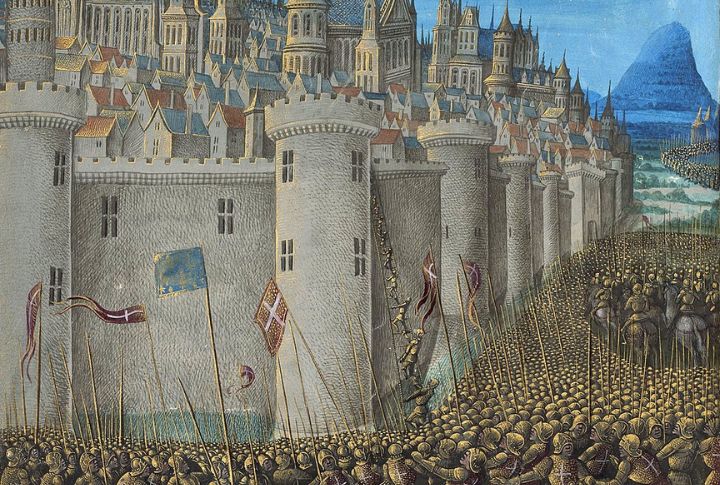
Brute strength is not the only winning formula. Medieval victories usually came down to a single bold move that left enemies dazed and defeated. The sharpest minds on the field knew when to get creative and when to cheat a little. These moments weren’t always ethical, but they worked. Let’s break down 10 clever tactics that completely rewrote the fight.
The Trojan Horse-Style Trap
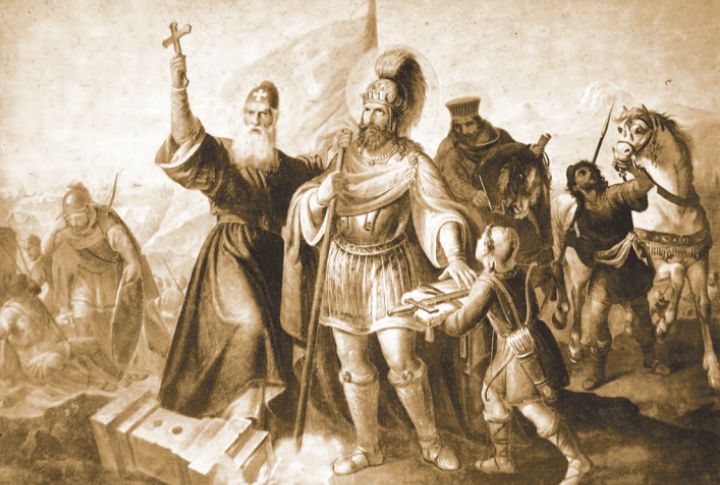
At the Battle of Avarayr, Armenians lured Persian troops into rugged terrain and broke their formation. The tactic was highly effective despite being outnumbered. Armenian forces then struck Persian supply lines, further destabilizing their enemy. This strategic effort played a major role in securing religious freedom for Armenian Christians afterwards.
William The Conqueror’s Feigned Retreat
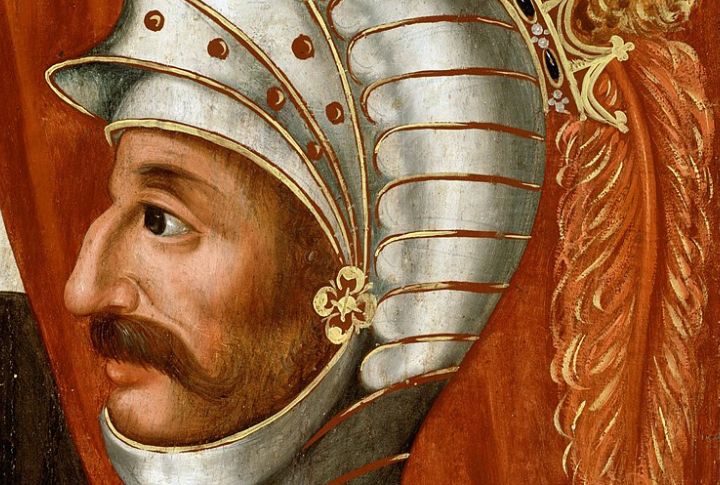
The English thought the Normans were running scared, but that was the plan. Norman cavalry turned their “retreat” into bait, drawing English troops off their hilltop. Once the lines broke, a surprise counterattack hit hard. William pulled this off more than once during the battle, and it won him the English crown.
The Night River Crossing
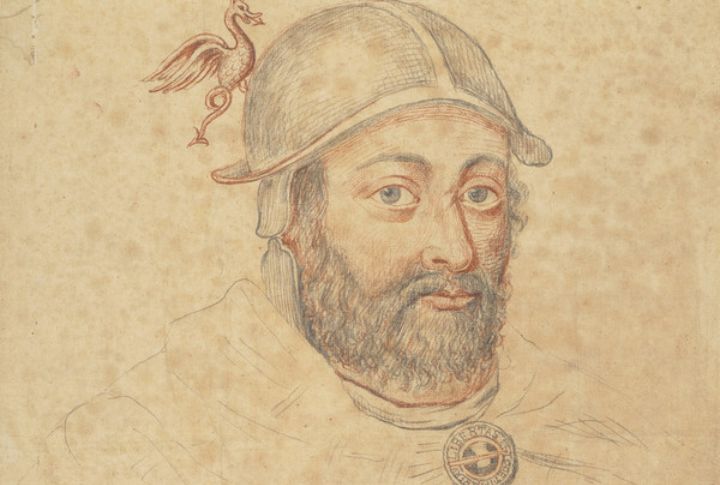
Scottish commander William Wallace used the terrain to control the fight. He allowed half the English army to cross a narrow bridge before striking. The Scots charged with precision and overwhelmed the lead group before reinforcements could arrive. Trapped and disorganized, the English lost the bridge.
The Burning Oxen Trick

The Song dynasty used deception and early technology to their advantage. They struck the Mongol camp at night with fire arrows enhanced by gunpowder. This sudden attack broke cohesion and created confusion in enemy ranks. It wasn’t brute strength but surprise and precision that handed the Mongols a rare, painful defeat.
Boiling Oil Surprise

During the 1099 siege, Crusaders used boiling oil to protect siege equipment and repel counterattacks. Vats were hidden near vulnerable points in the wall, luring defenders into deadly traps. Since oil was rare and expensive, it was recycled and reused for this purpose. The move helped the Crusaders breach Jerusalem’s defenses.
Saladin’s Water Denial

Cutting off supplies can win wars, too. At Hattin, Saladin proved that by tricking the Crusader army onto dry land. When they reached, he blocked access to the Sea of Galilee. Soon, dehydration did what swords couldn’t—cripple them. With morale fading and relics like the “True Cross” offering no help, most were captured.
The Hidden Cavalry
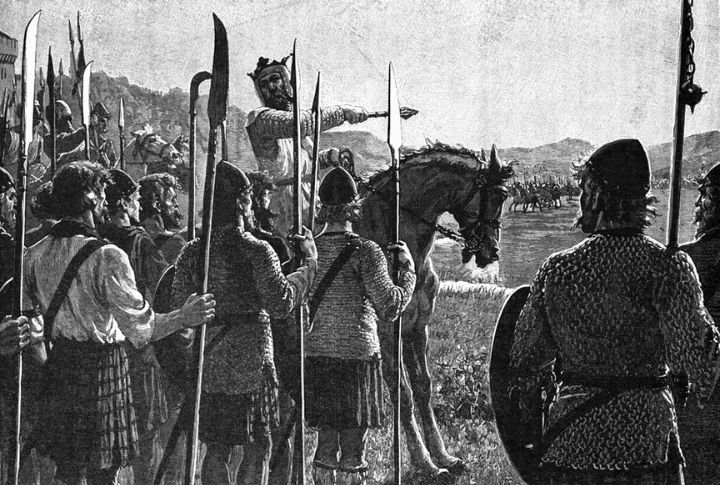
Robert the Bruce had a trick up his sleeve at Bannockburn. When his main force kept the English busy, his hidden Scottish cavalry suddenly charged in from the flanks, scattering English archers in chaos. And due to spiked pits that stopped enemy horses cold, the Scots sealed the battle—and Scotland’s freedom, for good.
Siege Mining
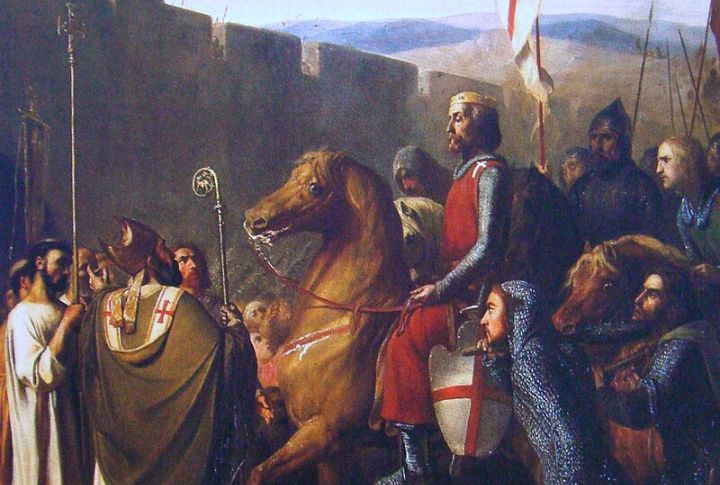
The Crusaders employed a silent, low-tech tactic that proved effective. Using kitchen tools, they secretly dug beneath Antioch’s walls, collapsing a section to launch a surprise attack. By covering their work with cloth to muffle noise, they remained undetected. This bold move overwhelmed the defenders and turned the tide of the First Crusade.
The Dung Heap Trap
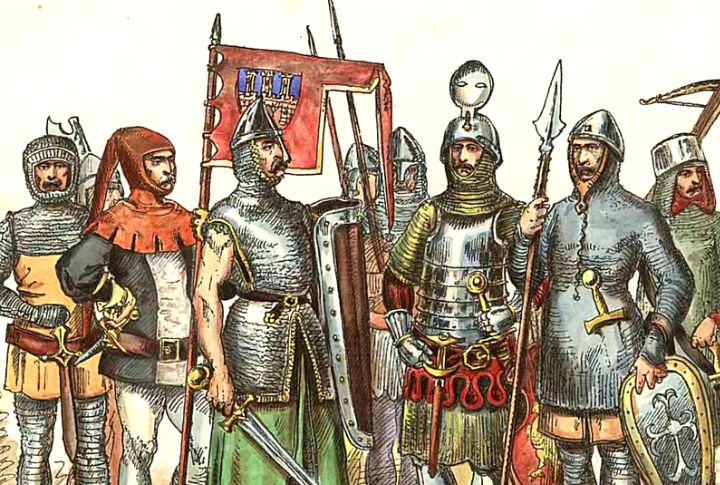
At first, Polish knights thought they had the Mongols on the run. Still, it was all part of the plan. As the chase intensified, Mongol cavalry circled from both flanks. Meanwhile, smoke arrows filled the air, blinding the battlefield. Soon, panic took over. The Christian line finally crumbled, and the trap snapped shut.
The Priest Disguise
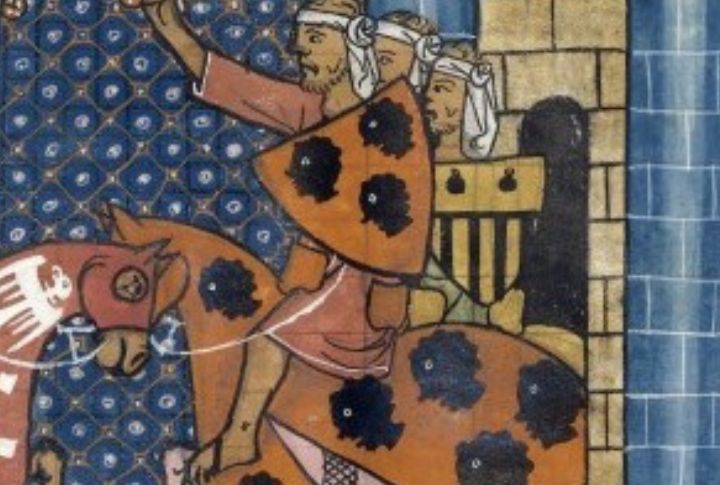
The Christian-held city of Edessa collapsed from within. To begin with, Muslim troops disguised themselves as priests and entered unnoticed. Once inside, they unlocked the gates and let in the full army. The resulting assault was fast and brutal. Interestingly, the Byzantines had once used a similar trick.

